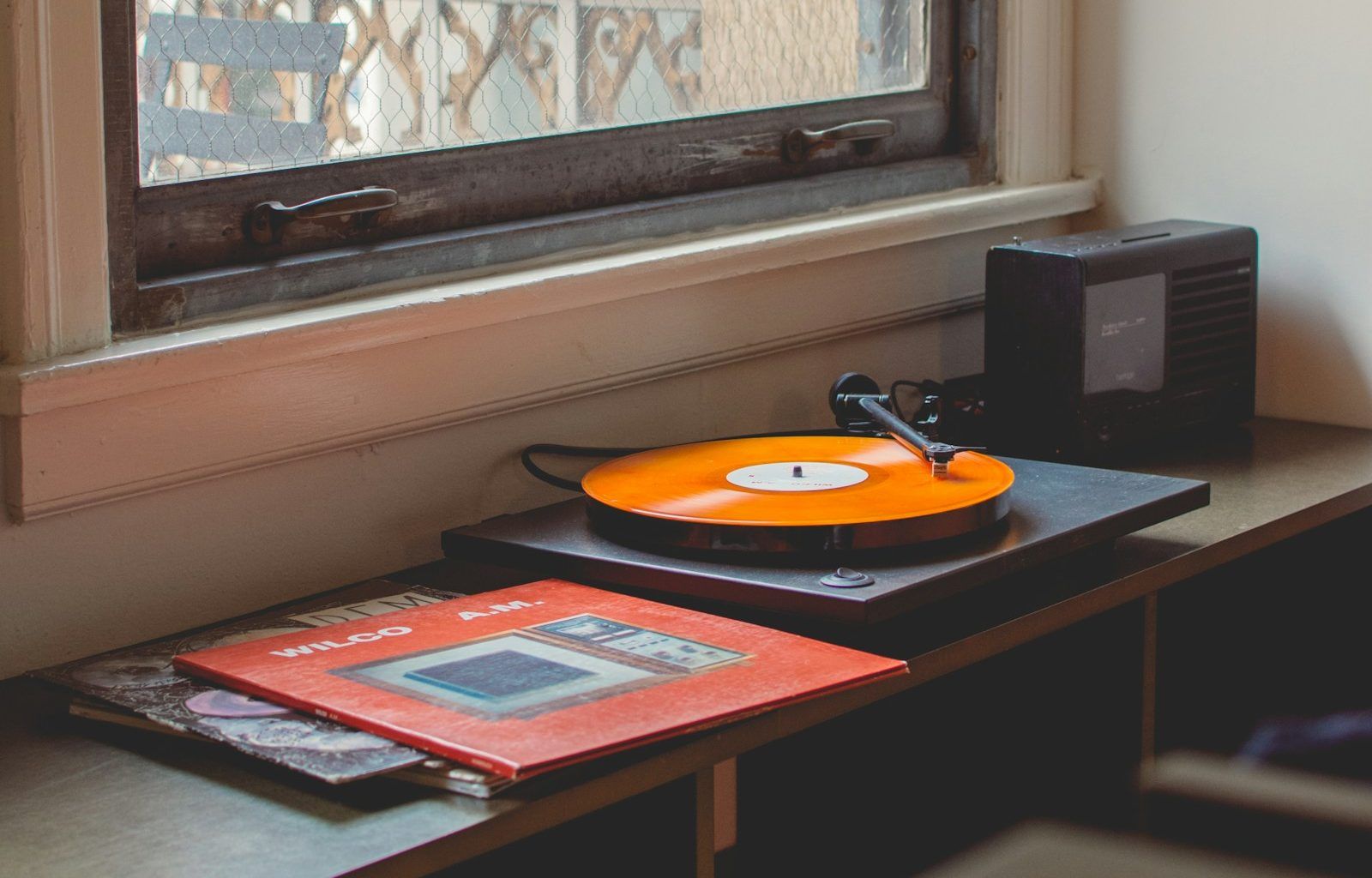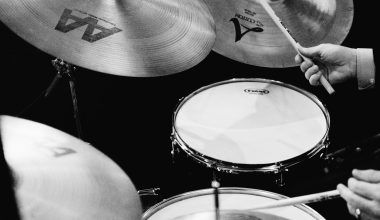Have you ever wondered about the perfect size for album cover art? If you’re an artist, music producer, or simply someone exploring the world of music, you’ve probably realized that creating an eye-catching album cover is just as important as the music itself. The right album cover art dimensions can make your music stand out, especially in today’s competitive streaming world. Let’s dive into everything you need to know about this fascinating topic.
Why Do Album Cover Art Dimensions Matter?
First impressions are everything. When listeners browse through playlists, online stores, or streaming platforms, your album cover is often the first thing they see. It’s your visual handshake, your opportunity to grab attention.
Getting the dimensions right ensures your cover looks professional, whether it’s on a small phone screen or displayed on a massive billboard. Incorrect dimensions can lead to cropping issues, pixelation, or distortion, which might leave a bad impression on your audience.
What Are the Standard Album Cover Art Dimensions?
The most commonly used album cover art size is 3000 x 3000 pixels. This square format is widely accepted by major music platforms like Spotify, Apple Music, and Amazon Music. Here are some key points about this dimension:
- Aspect Ratio: The ideal aspect ratio is 1:1. This ensures your art is perfectly square.
- Resolution: Aim for a resolution of 72 DPI (dots per inch) for digital releases. For physical prints, a resolution of 300 DPI is ideal.
- File Format: JPEG and PNG are the most popular file formats for album cover art. JPEG is usually preferred due to its smaller file size and compatibility.
By sticking to these specifications, you’ll ensure that your artwork looks crisp and professional across all platforms.
Tips for Designing Album Cover Art
Now that you know the dimensions, it’s time to think about the design. Here are some simple tips to help you create visually appealing album covers:
- Keep It Simple: Don’t overcrowd your design with too many elements. A clean and focused design often works best.
- Use High-Quality Images: Always use images that are sharp and clear. Avoid low-resolution photos, as they can appear pixelated.
- Choose the Right Colors: Colors evoke emotions. Pick a palette that matches the mood of your music.
- Add Text Carefully: If you’re adding text, such as the album title or artist name, ensure it’s readable even when scaled down.
- Experiment with Fonts: Fonts can add personality to your cover. Choose one that complements your genre and overall vibe.
Album Cover Art Dimensions for Different Platforms
Different music platforms might have their own specific requirements for album cover art dimensions. Let’s break down the standards for some popular platforms:
Spotify
Spotify recommends an image size of 3000 x 3000 pixels. However, they’re flexible with sizes as long as the aspect ratio remains 1:1. Your file should not exceed 20 MB, and JPEG is the preferred format.
Apple Music
Apple Music also follows the standard dimension of 3000 x 3000 pixels. They emphasize high resolution to ensure clarity on Retina displays. PNG or JPEG formats are acceptable.
Amazon Music
Amazon Music prefers artwork that is 3000 x 3000 pixels or larger. This allows your cover to look great across various devices.
Bandcamp
For Bandcamp, the minimum recommended size is 1400 x 1400 pixels, but they suggest using 3000 x 3000 pixels for better quality. This is especially useful if your music gets shared on other platforms.
Optimizing Album Cover Art for Social Media
Your album cover will likely be shared on social media, so it’s essential to optimize it for these platforms as well. While the dimensions remain the same, you’ll need to ensure that your design looks good in different formats, such as squares or cropped previews.
- Instagram Posts: Stick with the 1:1 aspect ratio for feed posts. Ensure your design is visually impactful even on smaller screens.
- Facebook Ads: Facebook might crop your image into different aspect ratios for ads. Leave some breathing room around the edges of your design to prevent important elements from being cut off.
- Twitter and TikTok: Your cover art might appear smaller on these platforms, so prioritize bold, clear visuals.
How to Resize Your Album Cover Art Without Losing Quality
Sometimes, you might need to resize your album cover art. Whether it’s for a specific platform or a promotional purpose, follow these steps to avoid losing quality:
- Use Professional Tools: Software like Photoshop or Canva can resize images without compromising quality.
- Maintain the Aspect Ratio: Always keep the 1:1 aspect ratio intact.
- Save as a High-Quality File: When exporting, choose settings that preserve the image’s sharpness and clarity.
The Importance of Testing Your Cover
Once your design is complete, it’s essential to test it. Upload your cover to a few platforms and check how it looks. Does it grab attention? Is the text readable? Testing ensures you catch any issues before your music goes live.
Creative Ideas for Album Cover Art
Designing album covers can be a fun and creative process. Here are some ideas to get your creative juices flowing:
- Abstract Art: Use abstract patterns or textures for a modern and artistic vibe.
- Photographs: A high-quality photograph can tell a story and connect with your audience emotionally.
- Minimalism: A minimalist design with bold typography can make a strong statement.
- Hand-drawn Elements: Add a personal touch with illustrations or sketches.
- Collages: Mix and match elements to create a unique, eye-catching cover.
Conclusion
Album cover art dimensions might seem like a small detail, but they play a massive role in your music’s presentation. By understanding the right sizes, designing with care, and optimizing for different platforms, you can create a cover that captivates your audience. Remember, your cover art is the gateway to your music—make it count!
For further reading, explore these related articles:
- The Ultimate Guide to Online Song Mastering: Everything You Need to Know
- How to Create a DIY Small Music Room: Your Complete Guide
For additional resources on music marketing and distribution, visit DMT Records Private Limited.






